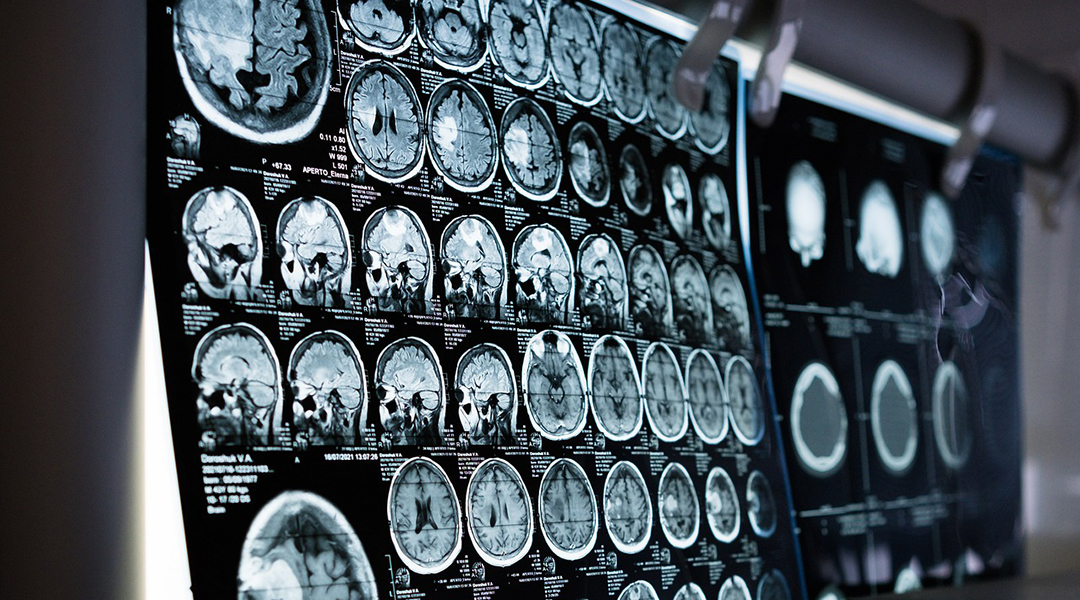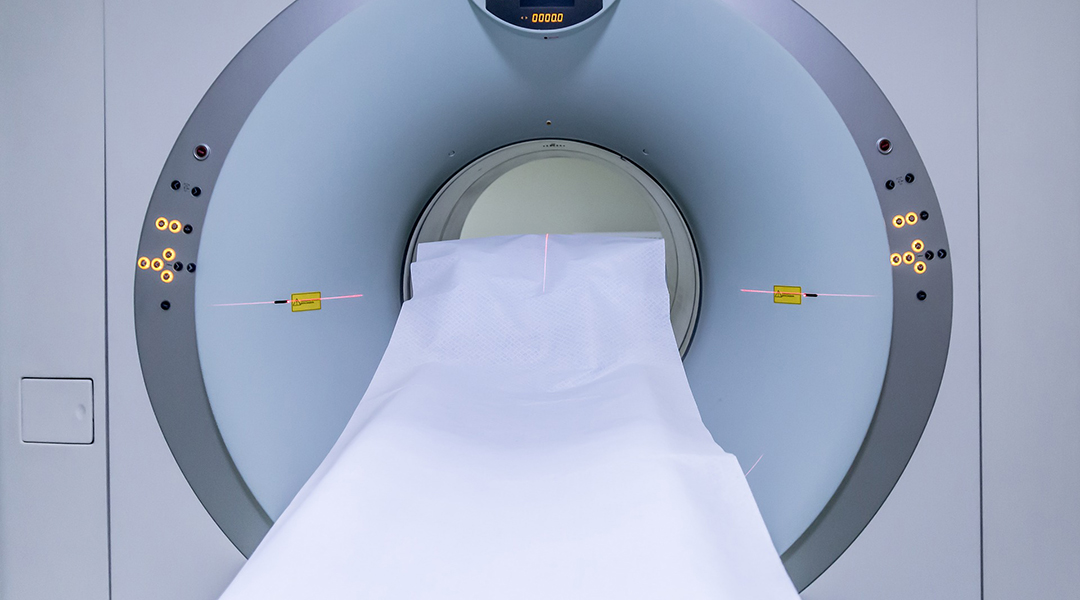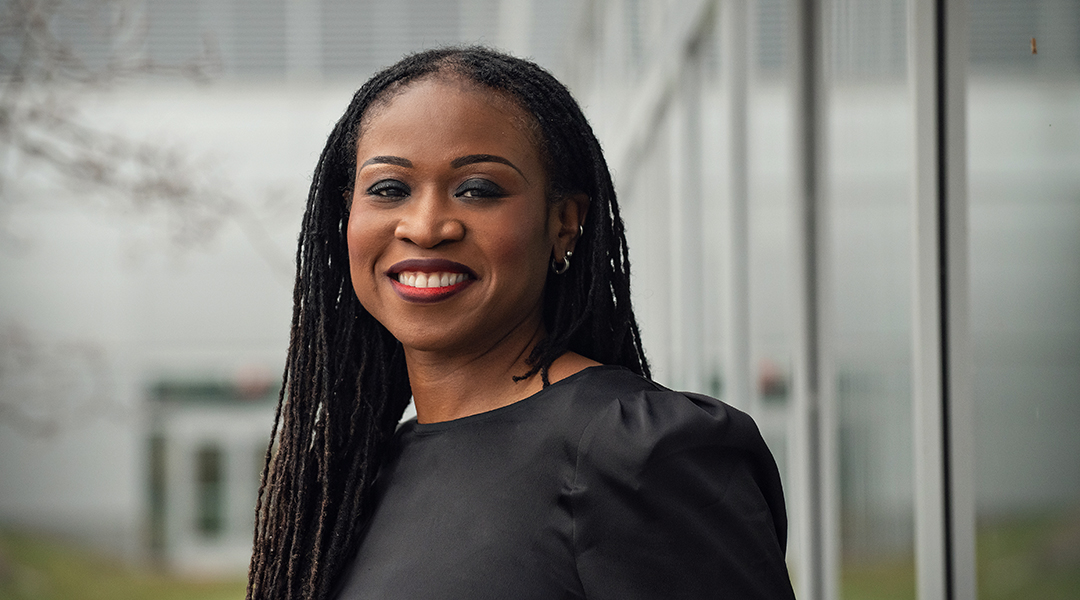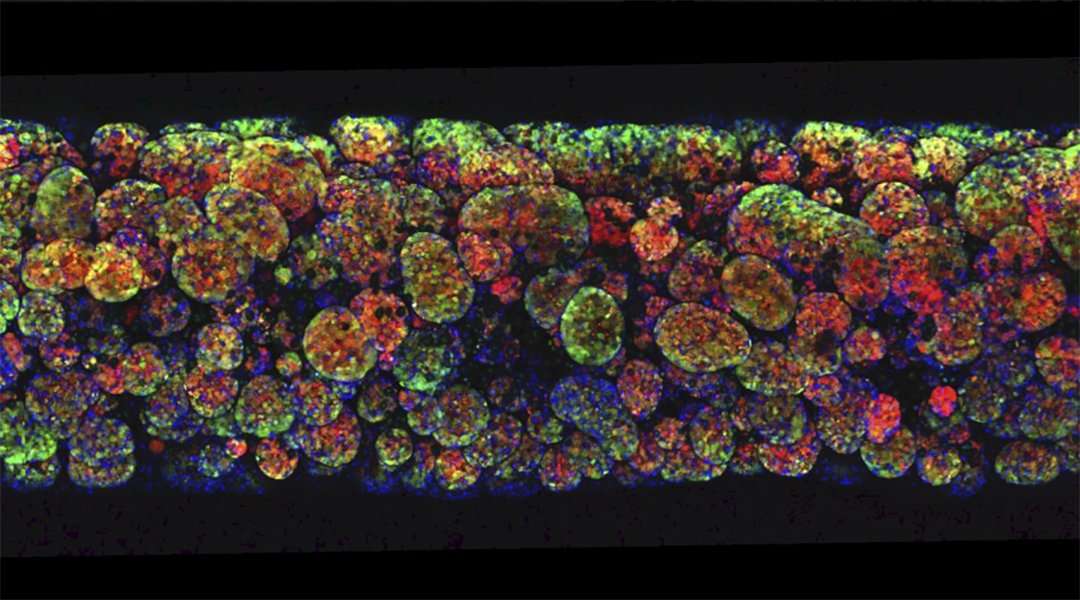A new approach to in-memory computing proposes a new set up to create an artificial synapse that can both store and process data.


A new approach to in-memory computing proposes a new set up to create an artificial synapse that can both store and process data.

At the interface of light and matter, Natalie Banerji is using spectroscopy to advance technologies such as solar cells and bioelectronics.

Researchers in Shanghai report a potential therapeutic based on Prussian blue to tackle Parkinson’s disease.

Using an artificial neural network and AI, researchers are developing a powerful computational tool to model particle physics following the Big Bang.

Magnetic seeds are guided toward cancer cells through tissues in the body, providing a safe means of treating hard-to-reach tumors.

Chemical engineer and STEM advocate Lola Eniola-Adefeso deciphers components of the blood and designs therapeutic particles to help treat disease.

Shrouded in the language of computers, the key is to figure out how to work with, and not blindly rely on, AI.

Living optical fibers, nickel skeletons, and superconducting graphene — this edition of our Science in pictures series contains more incredible images selected by our editors.

Researchers have used helical virus particles as chiral templates for growing polymers with magnetic properties.

Professor Madhu Bhaskaran creates devices to assess the biometrics of the human body and helps patients feel again.